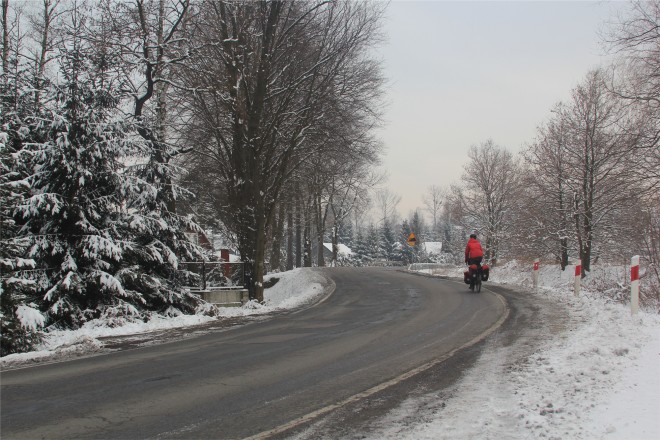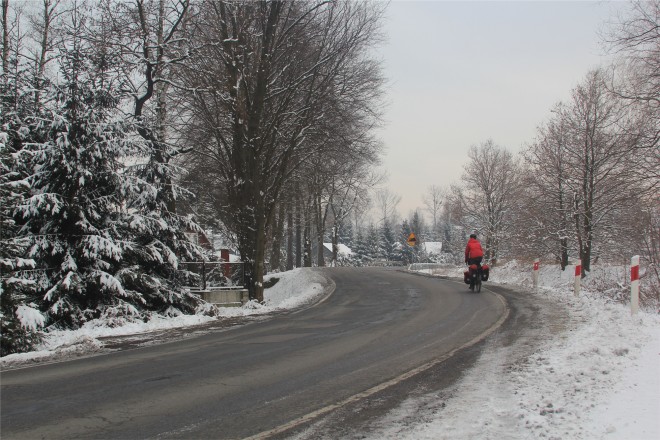The Top 10 Winter Cycling Secrets Revealed Inside This Special 1-Hour Winter Bike Riding Webinar
On Tuesday, November 5th, 2013, the author of the book, Winter Cycling: The Definitive Guide To Cold Weather Winter Bike Rides, sat down and conducted an hour-long webinar about the secrets of cycling in the wintertime.
Watch the video recording of this event above and discover:
- How to stay warm (and comfortably cool) during your winter bike rides.
- How to dress properly for winter cycling.
- How to equip your bicycle for winter weather conditions.
- How to ride safely in rain, ice and snow.
- Plus, a whole lot more!
Some of the major points covered during the webinar include:
Winter means different things for different people in different parts of the world.
There are three main types of winter cycling
- Warm-Weather
- Cold-Weather
- Off-Road
There are also three different types of bicycle riders
- Sporty Cyclist
- Athletic Cyclist
- Casual Cyclist
The secret to winter cycling is NOT to stay warm or hot, but to stay “comfortably cool.”
- Don’t sweat!
- Use your speed and layers of clothing to cool yourself down or warm yourself up
There are three main layers that you should use to warm your upper and lower body.
- Base layer
- Insulation later
- Outer layer
You can increase your traction with the road in five main ways:
- By changing the inflation pressure of your tubes/tires.
- By altering the type of rubber (or rubber formula) used in your specific brand of tires.
- By changing the tread pattern of your tires.
- Tread that is wide apart is better for mud and snow.
- Studded snow tires are good for ice and certain types of snow.
- The suspension or lack thereof on your bicycle.
- Your posture on the bike and general ability to ride with proper technique.
Here are some general tips for riding your bike in the wintertime:
- Don’t be surprised if you crash at some point. You should almost expect it.
- Crashing isn’t as bad in the winter because you are covered up and following into snow doesn’t hurt as much.
- Stay as upright as possible. Avoid sharp turns.
- Don’t be afraid to get off and walk if the situation requires it.
- Holes and cracks in the road should be slowly steered around or driven straight over.
- If you are riding in deep snow, you are typically riding on snowmobile trails, cross country ski trails, etc. If you are breaking the trail, you shouldn’t expect to ride very much – even on a snow bike.
Winter cycling can be dangerous, but it can also be a lot of fun. The more you do it, the more comfortable you will be.

The following subjects were not discussed during the webinar, but are covered in great detail inside the Winter Cycling book.
- The dangers of winter cycling & knowing when to get help
- Knowing when it is safe to ride and when it’s best to stay at home
- The best winter cycling fabrics
- How to find the best clothing items for your type of winter cycling
- The different types of bicycles used for winter cycling
- Protecting your body, bicycle and gear from the snow, ice, rain, and dirt with the use of fenders and mudguards
- Lighting and visibility
- How to keep your water bottles from freezing
- Bicycle touring in the wintertime
- Indoor bicycle trainers
- Cleaning your bicycle
- Plus, a whole lot more!
To learn more about winter cycling, or to pick up a copy of the Winter Cycling book for you or a loved on, visit the website at www.wintercyclingbook.com.




More info/ Tips about bicycle touring is important for me and can be share for others